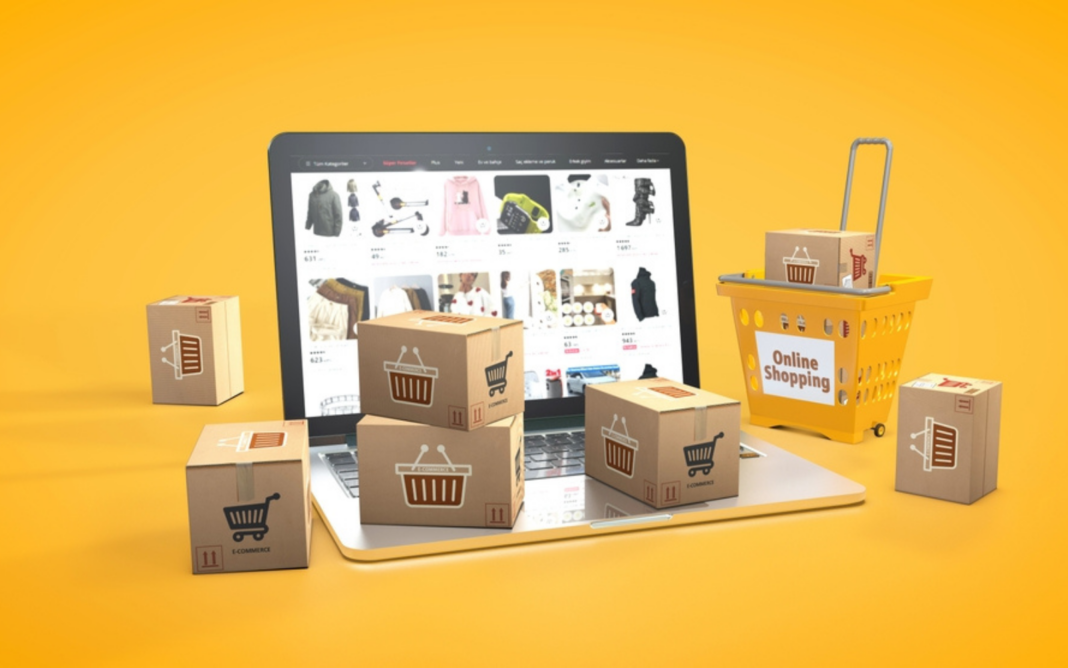7 Mistakes Ecommerce Retailers Make When Advertising With Google Shopping
Introduction
Google Shopping has become a popular platform for ecommerce retailers to advertise their products and reach a larger audience. However, many retailers make common mistakes when setting up and managing their Google Shopping campaigns, which can impact their success. In this article, we will discuss seven mistakes that ecommerce retailers often make when advertising with Google Shopping and provide tips on how to avoid them.
1. Not Optimizing Product Titles and Descriptions
One of the most common mistakes that ecommerce retailers make is not optimizing their product titles and descriptions for search engines. Your product titles and descriptions should include relevant keywords that your target audience is likely to use when searching for products online. By optimizing your titles and descriptions, you can improve your products‘ visibility on Google Shopping and attract more potential customers.
2. Neglecting Negative Keywords
Negative keywords are search terms that you do not want your ads to show up for. Neglecting to add negative keywords to your Google Shopping campaigns can result in your ads being shown to irrelevant audiences, which can lead to wasted ad spend. Make sure to regularly update and refine your list of negative keywords to ensure that your ads are being shown to the right people.
3. Ignoring Product Feed Quality
Your product feed is the foundation of your Google Shopping campaigns, so it’s important to ensure that it is accurate and up to date. Ignoring product feed quality can lead to errors in your ads, which can negatively impact your campaign performance. Regularly check and optimize your product feed to ensure that all product information is correct and up to date.
4. Setting Ineffective Bids
Setting ineffective bids is another common mistake that ecommerce retailers make when advertising with Google Shopping. Bids that are too high can eat into your budget, while bids that are too low can result in your ads not being shown. It’s important to regularly review and adjust your bids to find the right balance between cost and visibility.
5. Not Utilizing Ad Extensions
Ad extensions are additional pieces of information that can be added to your Google Shopping ads to make them more informative and engaging. Not utilizing ad extensions can result in your ads looking less appealing to potential customers. Make sure to take advantage of ad extensions such as product ratings, reviews, and promotions to make your ads stand out from the competition.
6. Overlooking Mobile Optimization
With the increasing number of people shopping on mobile devices, it’s essential to optimize your Google Shopping ads for mobile. Overlooking mobile optimization can result in a poor user experience and lower conversion rates. Make sure that your website and product pages are mobile-friendly and that your ads are designed to be easily readable and clickable on mobile devices.
7. Failing to Track and Analyze Results
One of the biggest mistakes that ecommerce retailers make is failing to track and analyze the results of their Google Shopping campaigns. Without tracking and analyzing performance metrics such as click-through rates, conversion rates, and return on ad spend, you won’t know what is working and what isn’t. Make sure to regularly monitor and analyze your campaign results to make data-driven decisions and optimize your campaigns for better performance.
Conclusion
Avoiding these seven common mistakes can help ecommerce retailers improve the effectiveness of their Google Shopping campaigns and drive more traffic and sales. By optimizing product titles and descriptions, using negative keywords, maintaining product feed quality, setting effective bids, utilizing ad extensions, optimizing for mobile, and tracking and analyzing results, retailers can maximize their advertising efforts on Google Shopping and reach a larger audience of potential customers.
FAQs
1. How can I optimize my product titles and descriptions for Google Shopping?
To optimize your product titles and descriptions, make sure to include relevant keywords that your target audience is likely to use when searching for products online. Keep your titles clear and concise, and provide detailed descriptions that highlight the key features and benefits of your products.
2. Why are negative keywords important for Google Shopping campaigns?
Negative keywords help prevent your ads from showing up for irrelevant search terms, which can save you money and improve the quality of your traffic. By regularly updating and refining your list of negative keywords, you can ensure that your ads are being shown to the right people.
3. How can I track and analyze the results of my Google Shopping campaigns?
Use Google Analytics and Google Ads conversion tracking to monitor performance metrics such as click-through rates, conversion rates, and return on ad spend. By analyzing these metrics regularly, you can identify areas for improvement and make data-driven decisions to optimize your campaigns.



